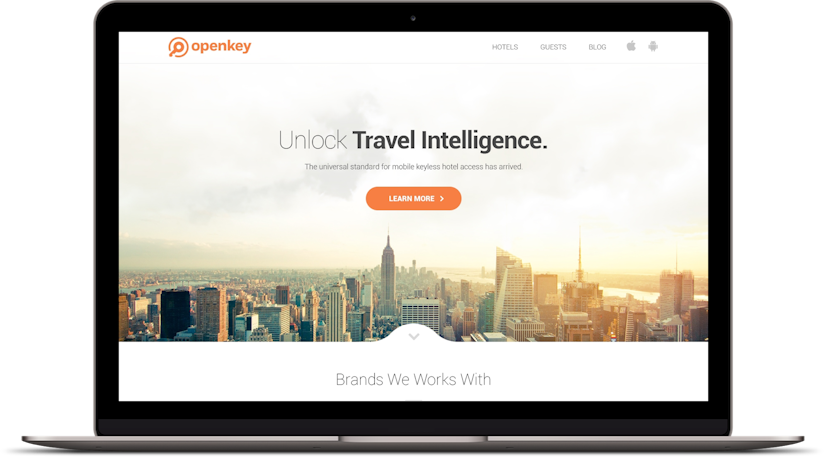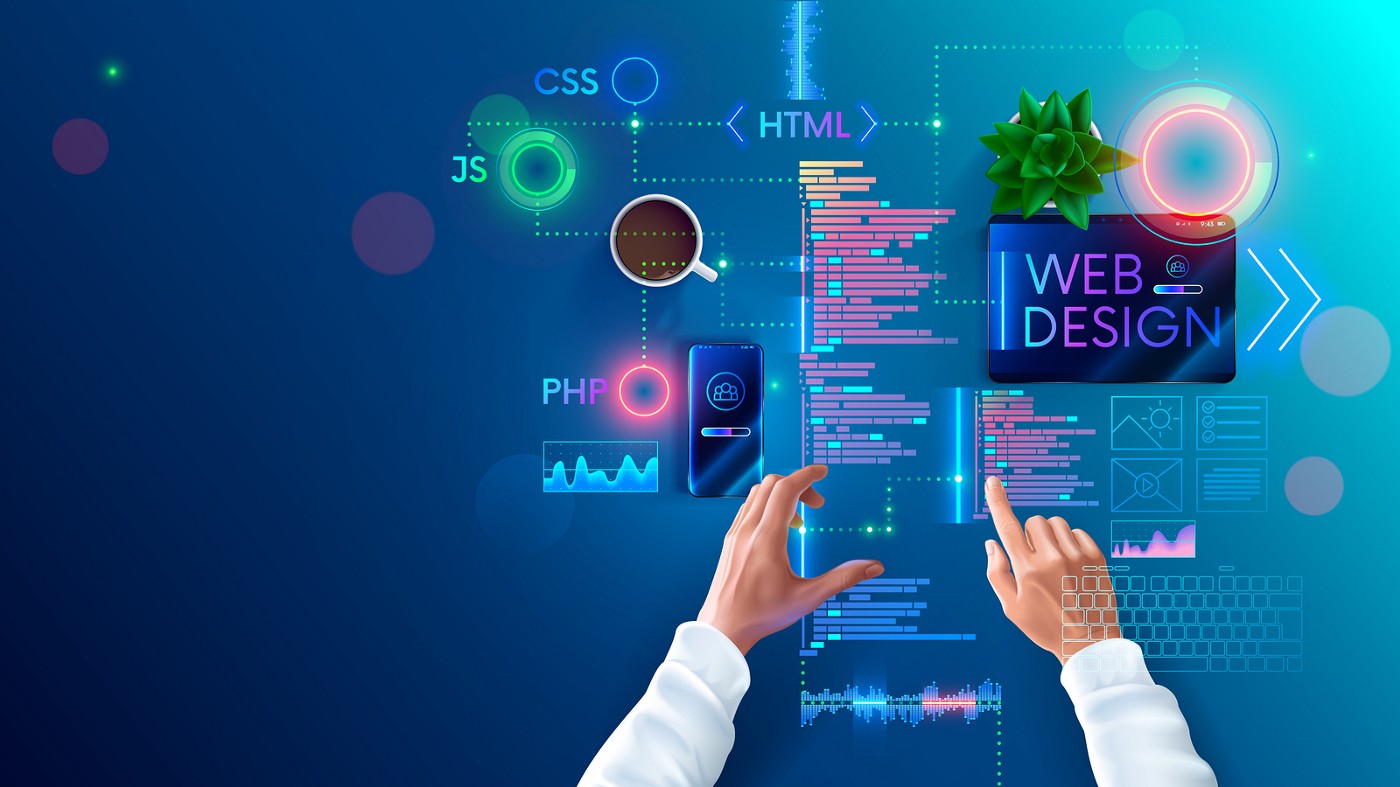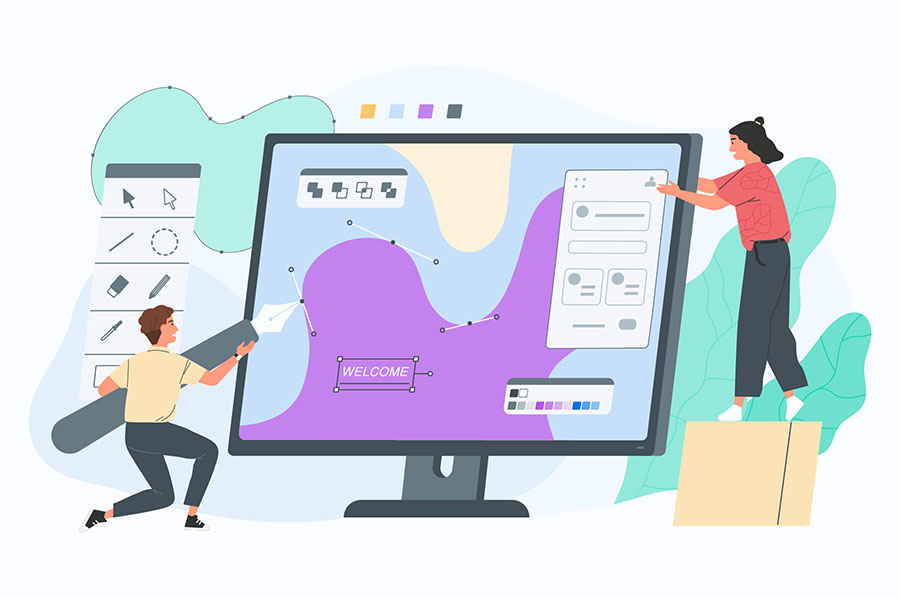All Categories
Featured
Table of Contents
- – Web Design Tutorials By Envato Tuts+ Tips and ...
- – The Top 10 Most Important Elements Of A Websi...
- – Learn Web Design With Online Courses, Classes...
- – Web Design Blog - Webdesigner Depot Webdesign...
- – Webdesign Designs, Themes, Templates And ... ...
- – $899 - Custom Mobile Friendly Website Design ...
- – Design Principles - U.s. Web Design System (...
- – Webdesign Designs, Themes, Templates And ......
- – Web Design Company In Orlando, Florida And B...
- – $899 - Custom Mobile Friendly Website Design...
- – Responsive Design Best Practices - Google Se...
Web Design Tutorials By Envato Tuts+ Tips and Tricks:
Quick summary Usability and the utility, not the visual style, identify the success or failure of a site. Because the visitor of the page is the only person who clicks the mouse and therefore decides everything, user-centric design has established as a basic approach for effective and profit-oriented web style - web design frederick md.
and the utility, not the visual style, identify the success or failure of a site. Because the visitor of the page is the only individual who clicks the mouse and for that reason chooses whatever, user-centric design has actually become a standard approach for effective and profit-oriented web style. After all, if users can't use a function, it may too not exist.
g. where the search box need to be positioned) as it has actually currently been carried out in a variety of posts; instead we focus on the approaches which, utilized appropriately, can lead to more advanced design choices and streamline the process of perceiving provided info. Please see that you may be interested in the usability-related posts we have actually published prior to: Principles Of Excellent Website Style And Reliable Web Design Standards, In order to utilize the concepts correctly we initially need to comprehend how users communicate with websites, how they think and what are the standard patterns of users' behavior.
The Top 10 Most Important Elements Of A Website Design Tips and Tricks:
Visitors look at each new page, scan some of the text, and click the first link that catches their interest or slightly resembles the important things they're searching for. There are large parts of the page they do not even look at. Most users browse for something fascinating (or beneficial) and clickable; as quickly as some promising prospects are found, users click.
If a page supplies users with premium material, they are prepared to compromise the content with ads and the style of the website. This is the reason that not-that-well-designed websites with high-quality content gain a lot of traffic over years. Content is more important than the design which supports it.
Users do not check out, they scan. Notice how "hot" locations abrupt in the middle of sentences. This is common for the scanning process. Extremely basic principle: If a site isn't able to satisfy users' expectations, then designer failed to get his job done properly and the company loses money. The greater is the cognitive load and the less instinctive is the navigation, the more ready are users to leave the site and search for options.
Learn Web Design With Online Courses, Classes, & Lessons Tips and Tricks:
Neither do they scan web page in a linear fashion, going sequentially from one website area to another one. Rather users satisfice; they pick the very first sensible alternative. As quickly as they discover a link that looks like it may cause the objective, there is a very good possibility that it will be right away clicked.
It does not matter to us if we understand how things work, as long as we can use them. If your audience is going to imitate you're developing signboard, then style excellent signboards." Users wish to have the ability to manage their web browser and count on the constant data discussion throughout the site.
If the navigation and site architecture aren't instinctive, the variety of concern marks grows and makes it harder for users to understand how the system works and how to get from point A to point B. A clear structure, moderate visual hints and easily recognizable links can help users to discover their path to their goal.
Web Design Blog - Webdesigner Depot Webdesigner Depot Tips and Tricks:

claims to be "beyond channels, beyond products, beyond distribution". What does it indicate? Considering that users tend to explore websites according to the "F"-pattern, these 3 statements would be the first aspects users will see on the page once it is loaded. Although the design itself is simple and intuitive, to comprehend what the page has to do with the user needs to browse for the response.
As soon as you've attained this, you can communicate why the system is useful and how users can benefit from it. Do Not Misuse Users' Perseverance, In every job when you are going to use your visitors some service or tool, try to keep your user requirements very little.
Newbie visitors want to, not filling long web types for an account they might never ever use in the future. Let users explore the website and find your services without forcing them into sharing private data. It's not sensible to force users to enter an e-mail address to evaluate the feature.
Webdesign Designs, Themes, Templates And ... - Dribbble Tips and Tricks:
And that's what you desire your users to feel on your web website. The registration can be done in less than 30 seconds as the type has horizontal orientation, the user doesn't even need to scroll the page.
A user registration alone is sufficient of an obstacle to user navigation to minimize inbound traffic. 3. Handle To Focus Users' Attention, As websites provide both fixed and dynamic material, some aspects of the user interface attract attention more than others do. Certainly, images are more appealing than the text simply as the sentences marked as vibrant are more appealing than plain text.
Focusing users' attention to particular locations of the site with a moderate use of visual elements can help your visitors to get from point A to point B without thinking about how it in fact is supposed to be done. The less concern marks visitors have, the they have and the more trust they can establish towards the business the site represents.
$899 - Custom Mobile Friendly Website Design By Go Web ... Tips and Tricks:
Make Every Effort For Function Exposure, Modern web designs are normally slammed due to their approach of assisting users with aesthetically appealing 1-2-3-done-steps, large buttons with visual effects etc. From the design point of view these components in fact aren't a bad thing.
The website has 9 main navigation options which are visible at the very first glimpse. What matters is that the content is well-understood and visitors feel comfy with the way they engage with the system.
Instead a cost: just what visitors are looking for. An ideal option for reliable writing is touse brief and concise phrases (come to the point as rapidly as possible), use scannable layout (classify the content, use numerous heading levels, use visual aspects and bulleted lists which break the circulation of uniform text blocks), usage plain and unbiased language (a promotion does not need to sound like ad; provide your users some reasonable and unbiased factor why they should utilize your service or remain on your site)6.
Design Principles - U.s. Web Design System (Uswds) Tips and Tricks:
Users are hardly ever on a site to enjoy the design; additionally, for the most part they are looking for the details in spite of the style - web design frederick md. Make every effort for simpleness instead of complexity. From the visitors' perspective, the best website style is a pure text, without any advertisements or further material blocks matching exactly the query visitors used or the material they've been trying to find.
Finch plainly presents the information about the site and provides visitors an option of choices without overcrowding them with unnecessary material. 7. Don't Hesitate Of The White Space, Actually it's actually tough to overestimate the value of white area. Not just does it help to for the visitors, but it makes it possible to perceive the details presented on the screen.
Complex structures are more difficult to check out, scan, analyze and deal with. If you have the option in between separating 2 style sections by a noticeable line or by some whitespace, it's normally better to utilize the whitespace solution. (Simon's Law): the better you handle to provide users with a sense of visual hierarchy, the simpler your content will be to perceive.
Webdesign Designs, Themes, Templates And ... - Dribbble Tips and Tricks:
The same conventions and guidelines ought to be used to all elements.: do the most with the least amount of cues and visual aspects. Four significant points to be thought about: simpleness, clarity, diversity, and focus. Simplicity includes only the aspects that are most important for interaction. Clearness: all elements should be designed so their meaning is not unclear.
Conventions Are Our Good friends, Traditional design of website aspects doesn't lead to a dull web website. As they minimize the learning curve, the requirement to figure out how things work. For example, it would be a functionality problem if all websites had different visual presentation of RSS-feeds. That's not that different from our routine life where we tend to get used to fundamental concepts of how we organize information (folders) or do shopping (positioning of products).
comprehend what they're anticipating from a site navigation, text structure, search placement etc. A case in point from use sessions is to translate the page in Japanese (presuming your web users don't understand Japanese, e. g. with Babelfish) and provide your usability testers with a job to discover something in the page of different language.
Web Design Company In Orlando, Florida And Bangor, Maine Tips and Tricks:
Test Early, Test Typically, This so-called TETO-principle ought to be applied to every web style job as usability tests frequently supply into considerable issues and issues related to an offered design. Test not too late, not too little and not for the wrong reasons.
Some essential indicate bear in mind: according to Steve Krug, and testing one user early in the job is much better than testing 50 near the end. Accoring to Boehm's first law, errors are most frequent during requirements and design activities and are the more costly the later they are removed.
That indicates that you design something, test it, repair it and then evaluate it once again. There might be issues which have not been found during the first round as users were practically obstructed by other problems.
$899 - Custom Mobile Friendly Website Design By Go Web ... Tips and Tricks:

This holds for designers. After you've worked on a website for couple of weeks, you can't observe it from a fresh point of view anymore. You understand how it is constructed and for that reason you understand exactly how it works you have the wisdom independent testers and visitors of your website would not have.
It can be connected to other locations such as graphic design, user experience, and multimedia arts, however is more appropriately seen from a technological viewpoint. It has actually ended up being a big part of people's everyday lives. It is difficult to imagine the Web without animated graphics, various styles of typography, background, videos and music.

During 1991 to 1993 the World Wide Web was born. Text-only pages could be viewed utilizing a basic line-mode internet browser. In 1993 Marc Andreessen and Eric Bina, created the Mosaic browser. At the time there were numerous internet browsers, nevertheless most of them were Unix-based and naturally text heavy. There had been no integrated approach to graphic style aspects such as images or sounds.
Responsive Design Best Practices - Google Search Central Tips and Tricks:
The W3C was created in October 1994 to "lead the Internet to its complete capacity by establishing typical procedures that promote its advancement and guarantee its interoperability." This dissuaded any one business from monopolizing a propriety internet browser and programming language, which might have modified the result of the Internet as a whole.
As this has actually taken place the innovation of the web has likewise moved on. There have likewise been considerable changes in the way individuals use and access the web, and this has altered how sites are created.
Learn more about Lovell Media Group LLC or TrainACETable of Contents
- – Web Design Tutorials By Envato Tuts+ Tips and ...
- – The Top 10 Most Important Elements Of A Websi...
- – Learn Web Design With Online Courses, Classes...
- – Web Design Blog - Webdesigner Depot Webdesign...
- – Webdesign Designs, Themes, Templates And ... ...
- – $899 - Custom Mobile Friendly Website Design ...
- – Design Principles - U.s. Web Design System (...
- – Webdesign Designs, Themes, Templates And ......
- – Web Design Company In Orlando, Florida And B...
- – $899 - Custom Mobile Friendly Website Design...
- – Responsive Design Best Practices - Google Se...
Latest Posts
Web Design West Palm Beach:
Minneapolis Web Design - 100+ Five Star Reviews - Seo ... Tips and Tricks:
Modern Website Designs - Best Web Page Designers Tips and Tricks:
More
Latest Posts
Web Design West Palm Beach:
Minneapolis Web Design - 100+ Five Star Reviews - Seo ... Tips and Tricks:
Modern Website Designs - Best Web Page Designers Tips and Tricks: